An exhibition at the Vittoriano celebrates the Goddess Rome and the Altar of the Fatherland frieze at the conclusion of restoration
After Bronzo&Oro, the VIVE - Vittoriano and Palazzo Venezia presents its second focus exhibition: in fact, until February 25, 2024, the exhibition La Dea Roma e l’Altare della Patria (The Goddess Rome and the Altar of the Fatherland) is on display in the Zanardelli Room of the Vittoriano. Angelo Zanelli and the Invention of the Symbols of United Italy, curated by Valerio Terraroli, celebrating the conclusion of the restoration campaign of the frieze of the Altar of the Fatherland created by Lombard sculptor Angelo Zanelli (San Felice di Scovolo, Brescia 1879 - Rome, 1942).
The Altar ofthe Fatherland was in a state of considerable deterioration: direct exposure to the weather and pollution of Piazza Venezia and the particular thermo-hygrometric conditions had undermined the hold of the Botticino marble and covered the surface with a thick layer of dark deposits. Therefore, an intervention, directed by the director of VIVE - Vittoriano and Palazzo Venezia Edith Gabrielli and carried out by Susanna Sarmati between March and October 2023, was carried out to “reintegrate the image,” restoring to the whole the correct visual balance and thus full legibility. The quality of the frieze can thus be appreciated today down to the last detail, including the polymateric choice for the Goddess Rome: indeed, both the gold of the background mosaic of the niche and the silver of the winged Victory statuette and spear are clearly visible. The frieze, made of the same material as the Vittoriano, namely Botticino marble, is in fact on an aedicule with a gold mosaic background: the Goddess Roma stands out here, holding a silver statuette of Victory in one hand and a spear, also made of silver, in the other hand. On either side of the Goddess Rome, however, are two bas-reliefs designed as processions. On the one toward the Theater Marcellus is depicted in L’Amor Patrio that fights and wins, while the one on Via dei Fori Imperiali depicts Labor that builds and fertilizes.
The intervention also involved the Tomb of the Unknown Soldier: the cleaning of the marble and the treatment of the bronze crown and braziers with the eternal flame gave it full dignity once again. The entire restoration campaign was, week after week, documented with videos and photos and can be viewed on the VIVE web page.
On the other hand, the second intervention, directed by Edith Gabrielli and carried out by Luca Pantone between June and October 2023, concerns forty-four plaster casts - sketches and models - that are part of the Vittoriano’s Gipsoteca, kindly made available by the Soprintendenza speciale Archeologia Belle Arti e Paesaggio, and that for the first time can be admired on the occasion of the exhibition. The forty-four plaster casts are basically divided into three categories. The first is made up of sketches and models for the Altar of the Fatherland made by Zanelli himself: one is the sketch for the 1908 competition, the others are three models of the side bas-reliefs and of the Goddess Rome, i.e., versions of the work made after the victory in order to obtain from the Royal Commission the go-ahead for translation into marble. To the second category belong sketches for the Altar of the Fatherland executed by artists other than Zanelli, before or for the 1908 competition: the earliest specimen belongs to Adolfo Cozza, who executed it between 1905 and 1906, after the death of Giuseppe Sacconi to fix the architect’s ideas on the subject; then follow two sketches submitted by Ettore Ximenes to the 1908 competition. Finally, the third group brings together other works by Zanelli, from the test to enter the National Artistic Pension in 1903 to the 1908 final essay for the same Pension, to the model for the Tolentino War Memorial, made at the turn of the 1920s and 1930s. Taken together, these plaster casts are an invaluable tool of knowledge, because through this nucleus of works we can enter Zanelli’s workshop, touch his creative travail to arrive at the final version of the frieze, and also reconstruct his artistic path, from his beginnings to his full maturity. Again, the restoration was primarily aimed at ensuring the preservation of the plaster casts, which in some cases were at risk. Most of the sculptures presented fragility of the support structures and detachments of fragments, more or less large: operations of consolidation, recomposition, including through the study of the relationships between the fragments, and bonding were completed. At the same time, the works, especially those composed of several elements, were restored to legibility and full visual balance. An extensive protection and enhancement project, which involved a total investment of about one million euros, conceived and implemented by VIVE director Edith Gabrielli and supported by the research work of Valerio Terraroli, professor at the University degli Studi di Verona and curator of the exhibition, together with a team of scholars, with the aim of both rediscovering the figure and works of Angelo Zanelli and sharing with the public such a symbolic place of Italy as the Altar of the Fatherland. For the new documentary investigations, the memorandum of understanding between VIVE and theCentral State Archives played an important role.
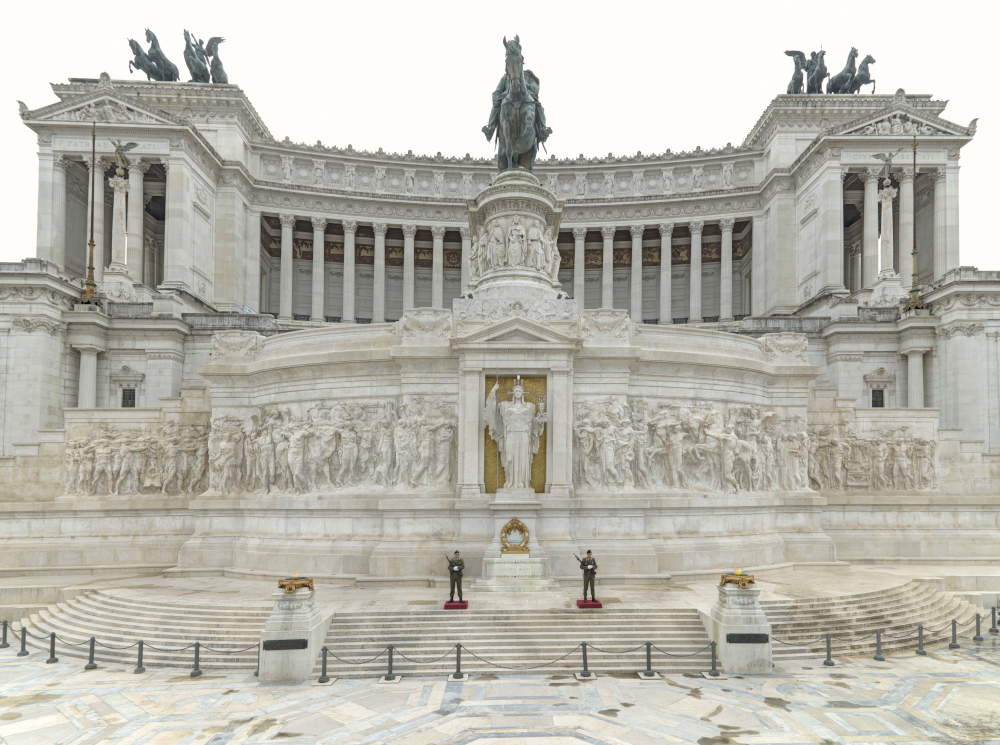
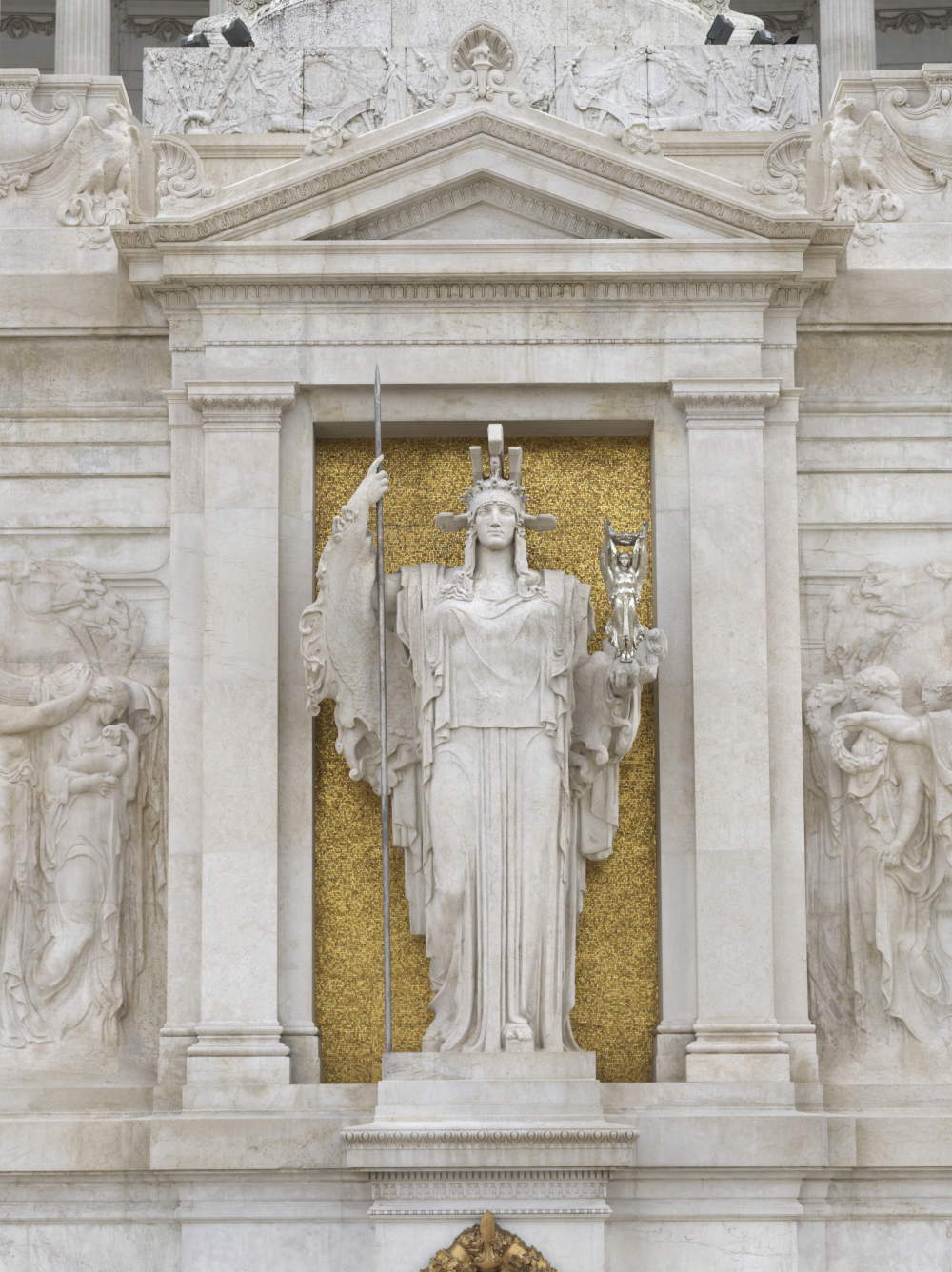
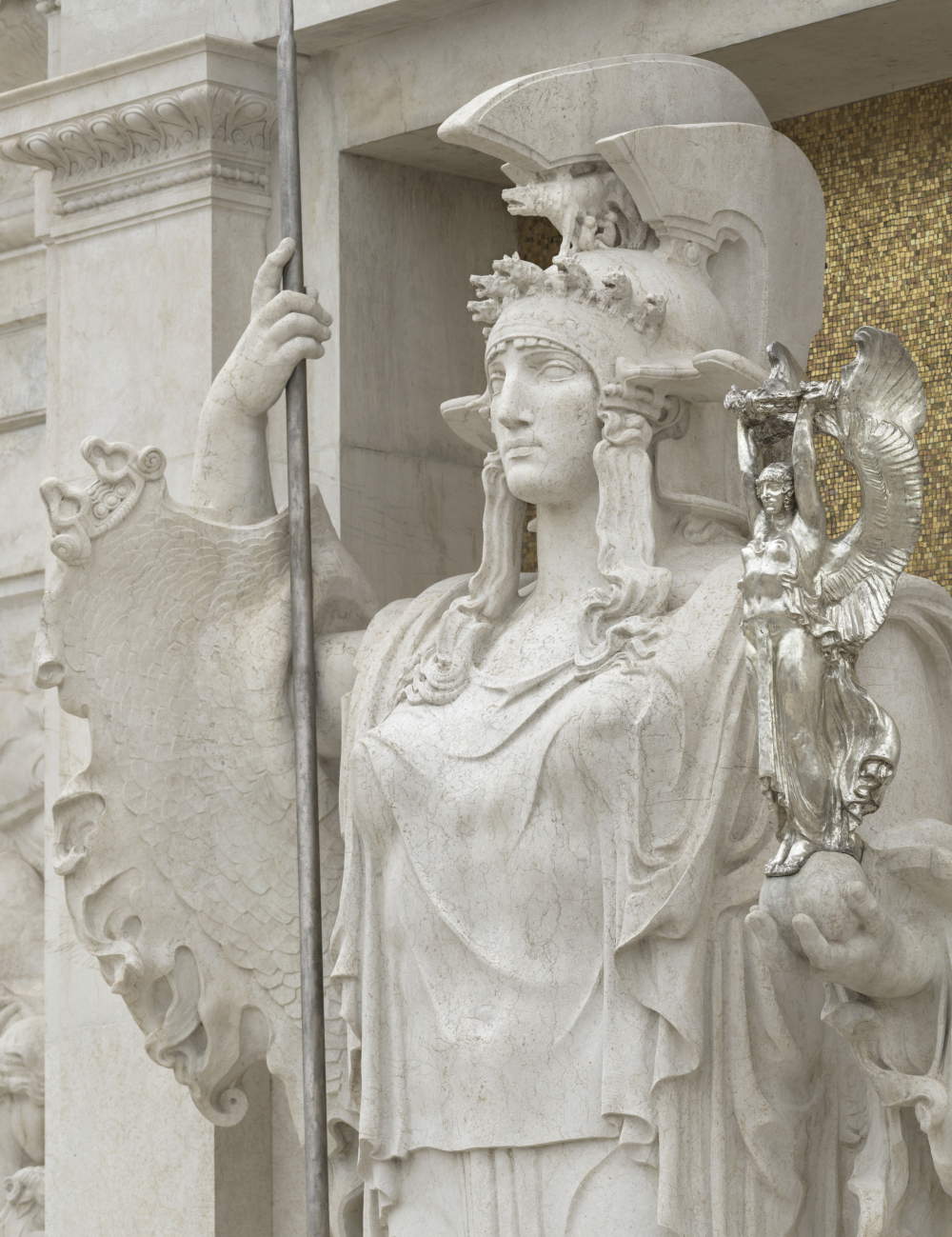
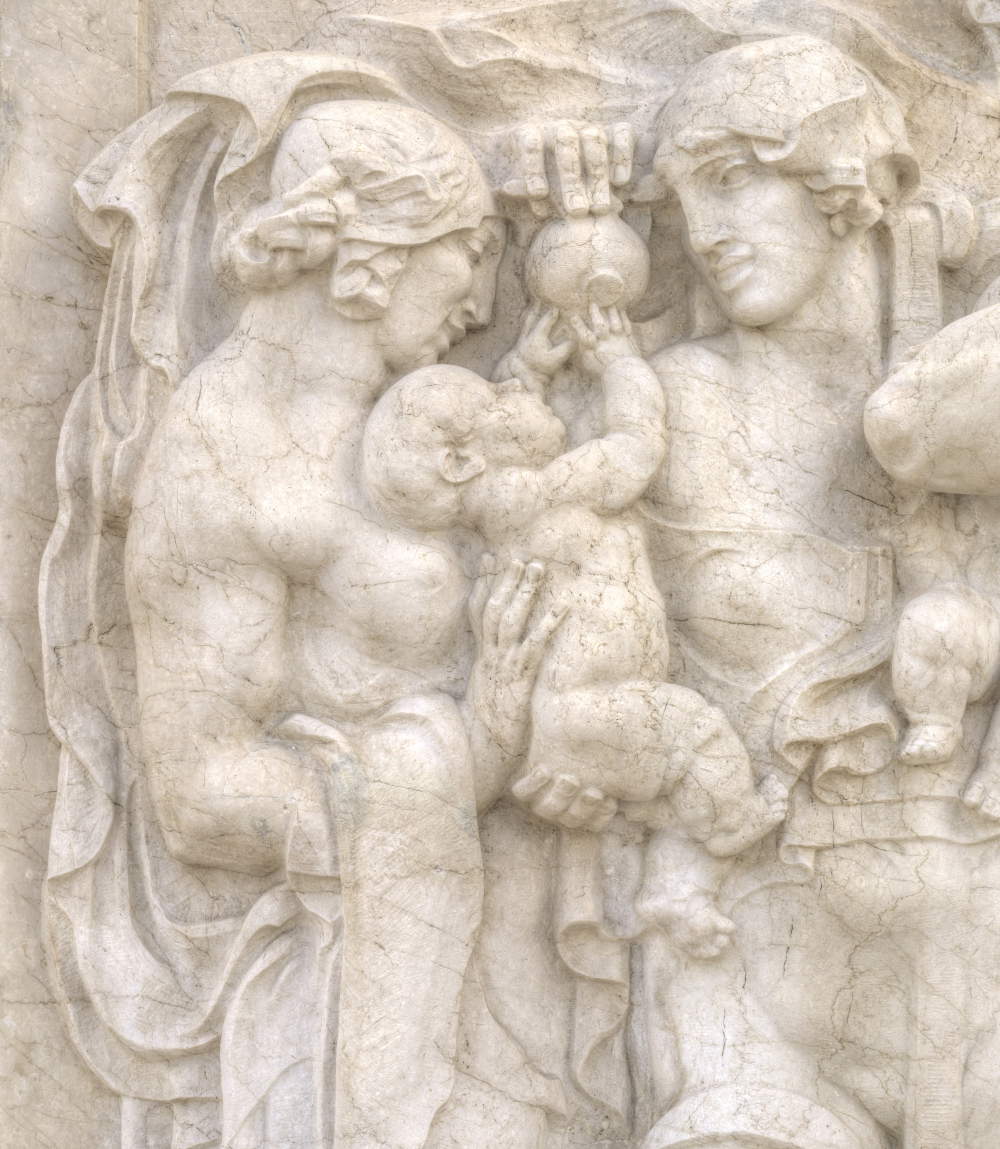
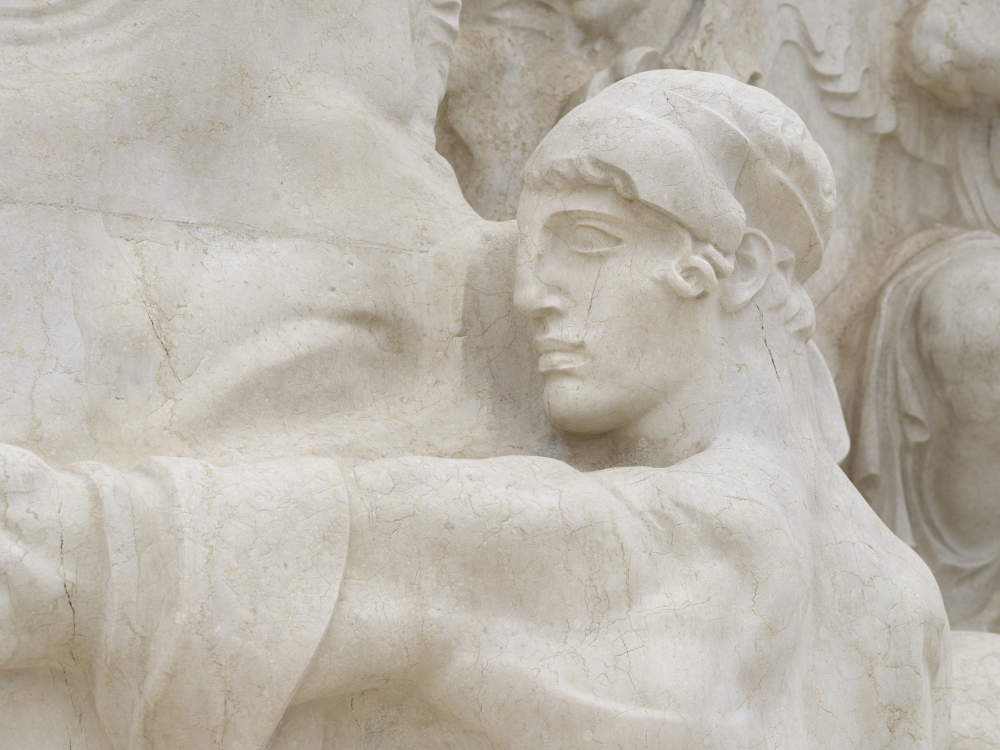
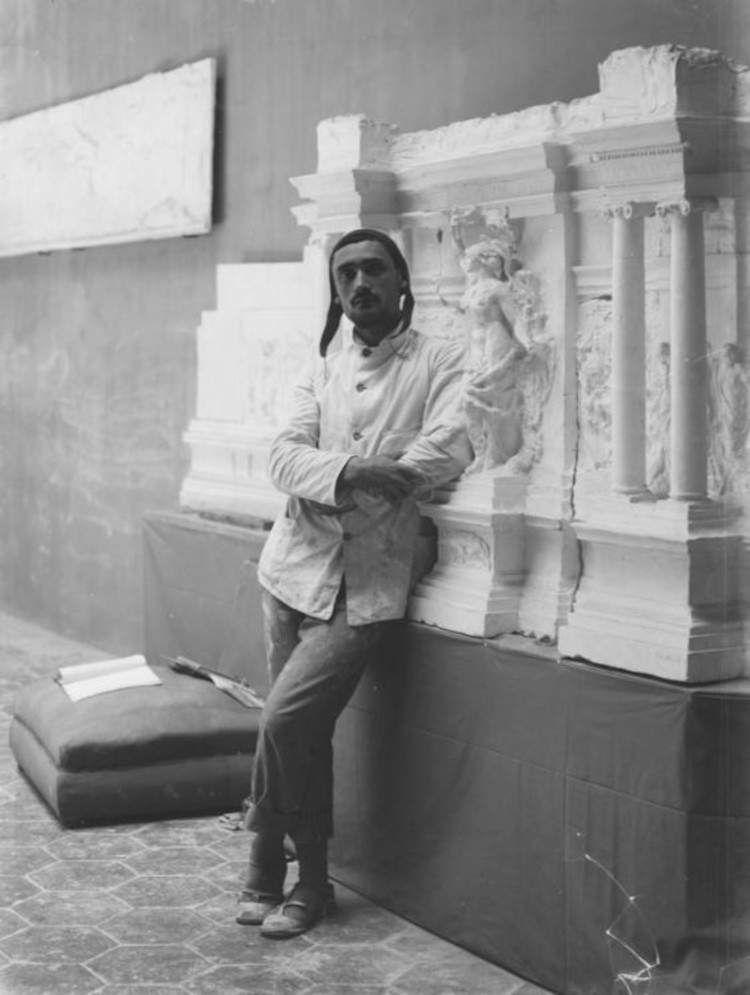
The main objective of the current exhibition is to reevaluate the figure of Angelo Zanelli, an artist who achieved fame not only nationally but also internationally for having created the frieze for the Altar of the Fatherland, but after his death his figure fell into oblivion. “For a long time not only Zanelli, but all the sculptors active in the Vittoriano remained victims of a lack of critical understanding,” Edith Gabrielli explains. “The exhibition helps to change the meaning of things: it helps visitors and - why not? - scholars, too, to get to know them better. A different and certainly positive picture emerges: we can thus say that the great frieze of the Altar of the Fatherland is definitively returned to the public and critics.”
The Goddess Rome and the Altar of the Fatherland. Angelo Zanelli and the Invention of the Symbols of United Italy thus intends to recount the entire career of the Lombard artist, from his beginnings to his entry into the National Artistic Board of theAccademia di San Luca in 1903, to the prestigious commissions of the 1920s and 1930s, emphasizing the stylistic mutations, from verismo to the Symbolist choice inspired by Viennese Secessionist models, to the neo-Michelangelism of the early 1920s and the Novecentismo of the mid-1930s.
“In the monumental frieze, Zanelli made a strong stylistic choice because. surpassing the serpentine and enveloping volutes of the line brought forth by Leonardo Bistolfi, he chose a titanic modeling of the figures,” Valerio Terraroli explains, “such as the monumental female figure leaning against the pair of oxen dragging the plow, in the left wing dedicated to the Work that enlivens and fertilizes, or the groom, taken from behind, holding the bite of the triumphal quadriga of the Amor Patrio that fights and wins, on the right, to recognize in it the dry and powerful forms of contemporaries Bourdelle and Mešštrović. In the faces, from the peeled eyes and sharp cuts of the profiles, and in the eurythmy of the overlapping silhouettes of figures, horses and triumphal trumpets, one can clearly perceive the metamorphosis accomplished by the sculptor who started from Secessionist neo-Hellenism to arrive at a grandiose plasticity with Deco accents.”
In addition to tracing Angelo Zanelli’s entire career, the exhibition aims to recount the entire story of the Altar of the Fatherland, cross-referencing the results of documentary research with the news that emerged from the restoration. The narrative includes the competition of 1908, the popular referendum at the inauguration of the Vittoriano in 1911 that led to Zanelli’s final victory, the various stages of the execution of the frieze, the inclusion of the Tomb of the Unknown Soldier in 1921, and the placement of the statue of the Goddess Rome in 1925.
Fifty-seven pieces are on display in the exhibition, including the forty-four cataloged and restored items from the Vittoriano’s Gipsoteca. Important materials arrive on loan from Italian museum institutions and collectors, in particular from the Brescia Musei Foundation, which preserves, from two different bequests in 1985 and 2005, a considerable amount of documentary and artistic materials related to Zanelli, his wife and friends. In accordance with the memorandum of understanding signed this year, the Foundation lent a substantial number of works, including drawings, sketches and finished works, including the 1925 silver version of the Goddess Rome.
The exhibition is enriched with accompanying texts intended to be easy to read, and an immersive reality room has been set up at the end of the exhibition: with the use of digital, the public has the chance to live a special experience by entering both the inauguration ceremony of the Vittoriano in 1911 and Zanelli’s restored frieze itself, thanks to images from Mauro Magliani’s photographic campaign.
Accompanying the exhibition is the volume La Dea Roma e l’Altare della Patria. Angelo Zanelli and the Invention of the Symbols of a United Italy, published by Skira and edited by Valerio Terraroli, with introductions by Gennaro Sangiuliano, Edith Gabrielli, Francesca Bazoli and Stefano Karadjov, texts by Dario Donetti, Edith Gabrielli, Luca Pantone, Sergio Onger, Susanna Sarmati, Valerio Terraroli and Michela Valotti, and cards and apparatus by Francesca Bottura and Edoardo lo Cicero.
Hours: Daily from 9:30 a.m. to 7:30 p.m. Free admission.
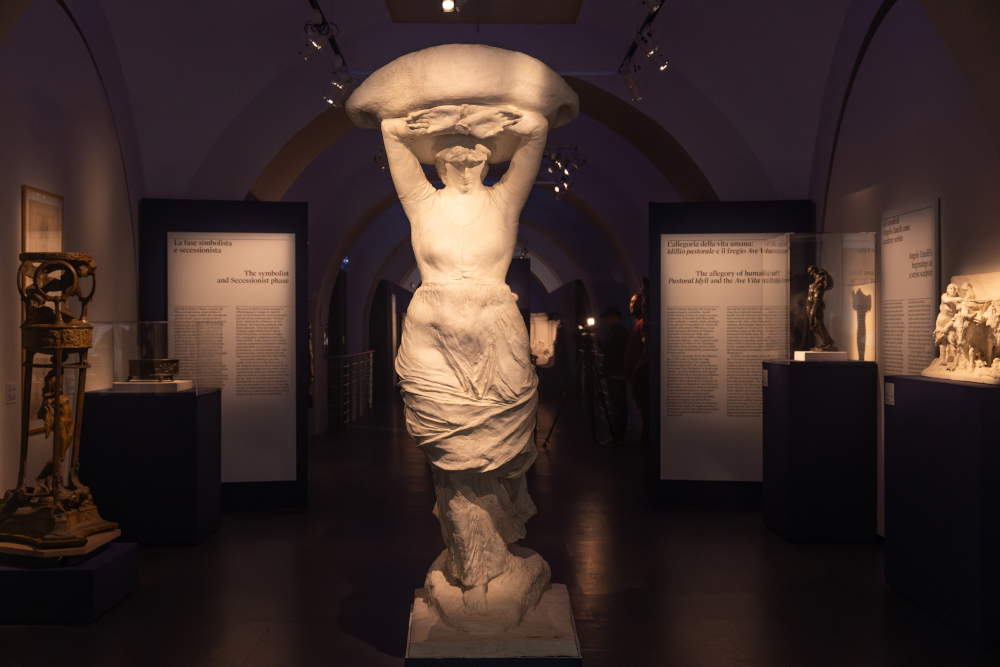
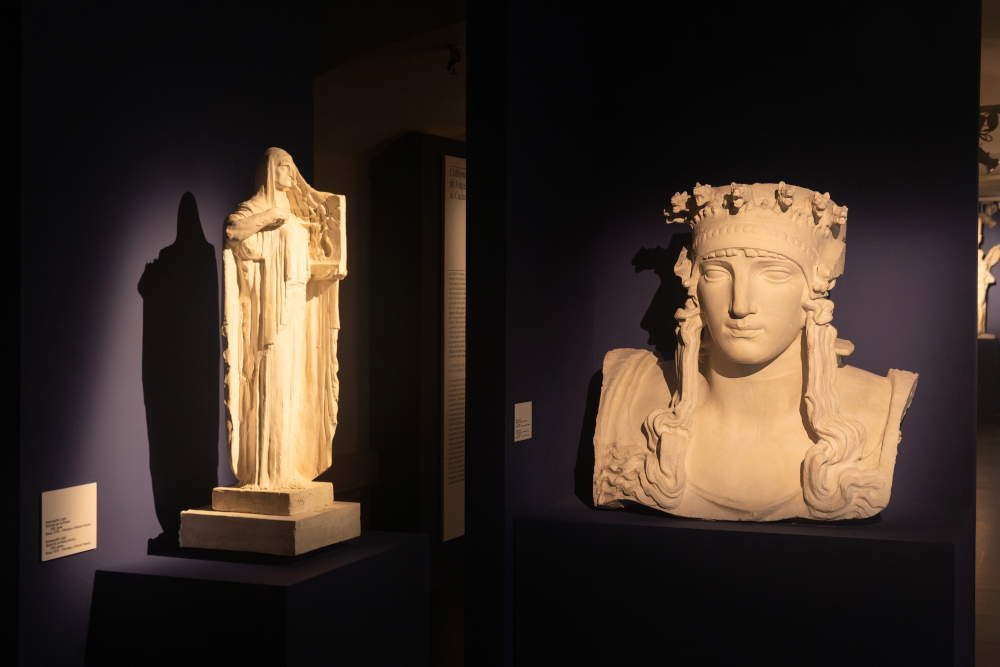
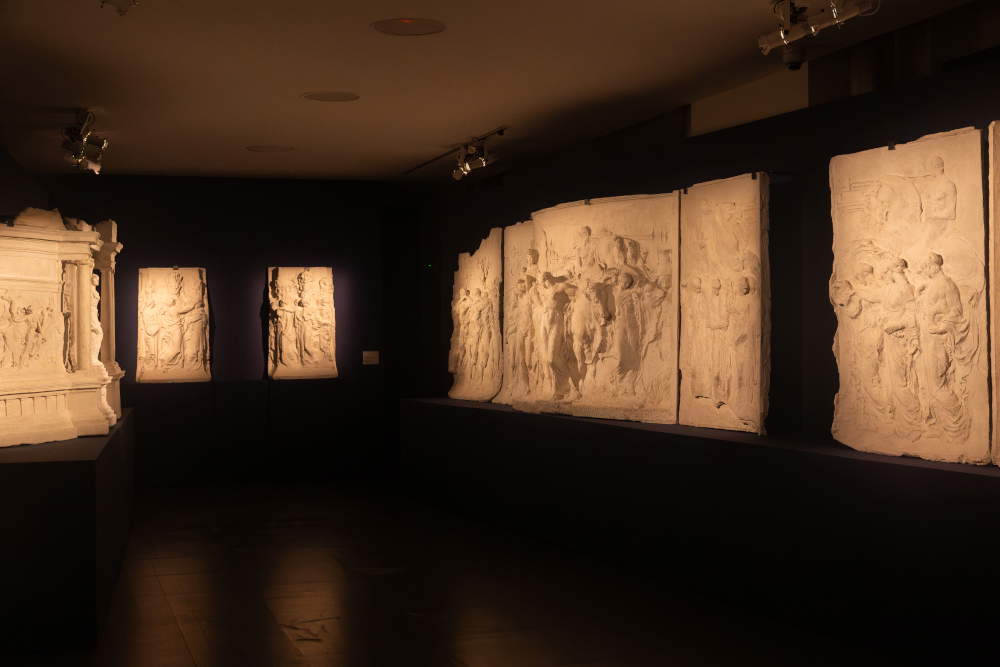
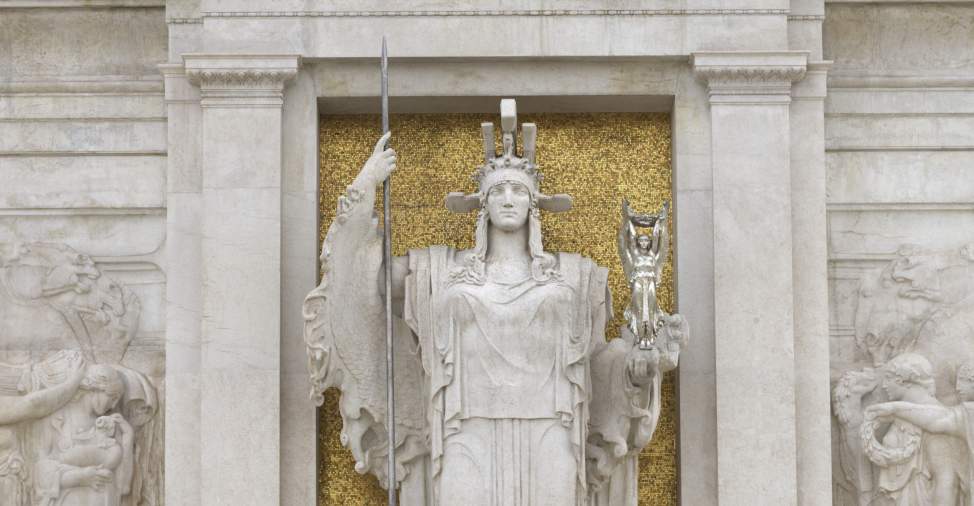 |
| An exhibition at the Vittoriano celebrates the Goddess Rome and the Altar of the Fatherland frieze at the conclusion of restoration |
Warning: the translation into English of the original Italian article was created using automatic tools. We undertake to review all articles, but we do not guarantee the total absence of inaccuracies in the translation due to the program. You can find the original by clicking on the ITA button. If you find any mistake,please contact us.



























